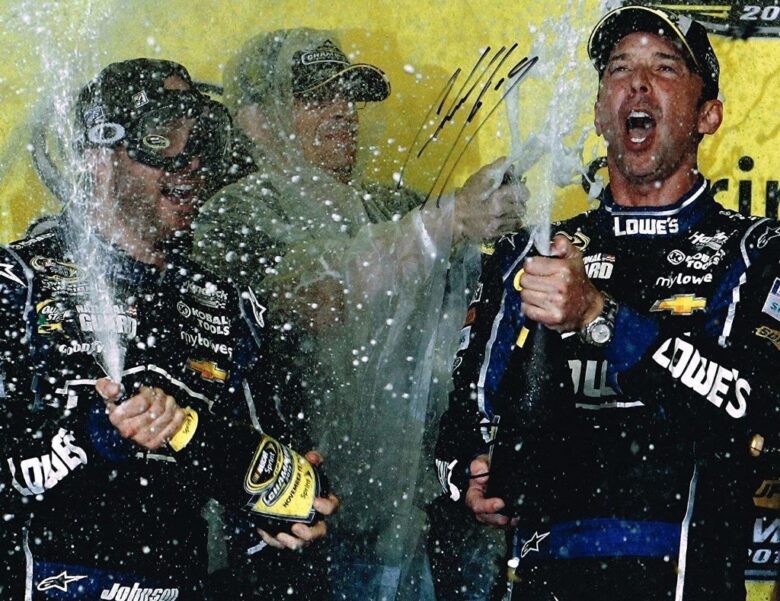As we turn the corner from Fall to Winter, the Holiday season rushes toward us. Whether you are celebrating Thanksgiving, Christmas, New Year’s Eve, the Election, a wedding, the Super Bowl, or even the launching a new battleship, one spirit fits the bill. Champagne. Sipped from a crystal coupe glass or sprayed all over your World Series teammates, the sparkling wine is an essential component to celebrating. But the interesting thing about champagne is that it was originally a mistake and an embarrassment to the French vintners. Two unexpected components were required for champagne to become the spirit it is today. One is glass and one is sugar.
Out, Damn Bubbles!
The Romans planted the first vineyards in France prior to the 5th century, and the Champagne region went on to produce excellent Pinot Noir grapes, resulting in a pale pink wine that was highly celebrated. But it sits at the northern edge of viable vineyards in France, which made growing grapes difficult. First, the temperatures would result in under-ripe grapes with low sugar and high acidity. On top of that, the colder off-seasons would halt fermentation during the winter, allowing viable yeast to go dormant, waking up hungry in the spring to starting a second fermentation period thanks to residual sugars remaining in the wine. The wine would sit all winter in wood barrels while some of the yeast slept, and it would be bottled too early and this secondary fermentation resulted in the production of carbon dioxide, causing immense pressure in the bottles. In a year with a cold, early winter, bottles began exploding in the spring. Glass was far inferior to what was used even a century later, and the bottles that did survive ended up being bubbly. This horrified the vintners, as it was a sign of failure. As late as the 17th century Champenois winemakers were still trying to figure out how to rid the region’s wines of bubbles – most notably (and ironically) the Benedictine Monk Dom Pérignon, who made the removal of bubbles in his wine his life’s work.

Benedictine Monk Dom Pérignon
Across the English Channel, however, the British noblemen couldn’t get enough of the sparkling wine. England was a world superpower in the 1600s. They were wealthy, but had very little ability to produce wine on the island. They quickly became fans of the non-sparkling wines produced in the Champagne regions – especially thanks to the work of Dom Pérignon who was producing wine of only the highest quality. Soon the British aristocracy were all ordering champagne – at the time, non-sparkling wines. The wine was shipped in wooden barrels by cart and boat then bottled in England upon arrival.

It’s all about the Glass
In the 1600s the English began shifting to glass made from coal-fired furnaces, rather than the older wood-fired furnaces. The shift was mandated by Parliament in response to dwindling forests on the island, causing the cost of lumber to skyrocket. They may have no longer had vast forests, but they did have an abundance of the much cheaper coal. The coal furnaces resulted in a much stronger, although unattractive, glass. It took some time, but by the first half of the 1700s, they were able to produce flint glass and later lead crystal, which was translucent, strong, and would stand up to engraving – propelling the English into the world standard for glass production. In addition, the British rediscovered cork stoppers, originally used by the Romans. As the bottled wines warmed up in the spring after their trip from France, dormant yeast feasted on the residual sugars in the wine, creating a the secondary fermentation process, but this time the stronger bottles and superior cork stoppers allowed the carbon dioxide to build up without the bottle exploding. The result – the popping of the cork and shower of bubbles we see today.

For most of its history, champagne remained on the sweet side – as did most alcohol. Gin, liqueurs, vermouth, wine – most were sweet, reflecting the tastes of the time. Champagne in the 1800s was routinely sweetened, and further sweetened regionally. The Russians and Scandinavians wanted their champagne very sweet, served with between 250 and 330 grams of sugar added, while the British were on the dry side falling between 22 and 66 grams, and the United States somewhere in the middle. But just as London Dry gin replaced the Dutch Holland Gin and Old Tom gins, champagne transitioned from sweet to Brut. In 1864 the champagne house Perrier-Jouët released a champagne with no sugar added at all. It was originally very poorly received, and its flavor was called “brute-like”. But with spirits in general, by the late 1800s most champagne transitioned to dry. And this is pretty much as we have it today with Brut still being the majority of champagne sold.
Cheers!
- Bill Stott
AotCB-015
Instagram@architecture_of_the_cocktail



